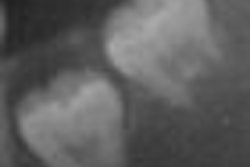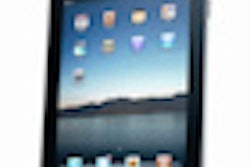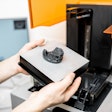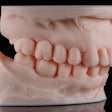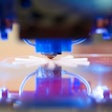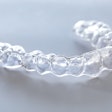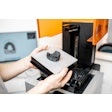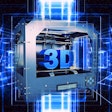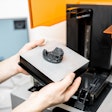CariFree has launched a system to test a patient's risk of caries. The CariScreen Caries Susceptibility Test uses adenosine triphosphate (ATP) bioluminescence to identify bacteria implicated in caries.
"One of the most common misconceptions among dental patients is that drilling and filling cavities stop the problem," said Carri Cady, R.D.H., vice president of sales and marketing for CariFree, in a press release. "The reality is that it only restores the tooth temporarily. If the caries bacteria are active within the mouth, the patient will continue to be affected. The CariScreen can detect the harmful bacteria so dentists may then take preventive measures to rid patients of the caries infection forever."
Practitioners take a chairside sample of the patient's plaque. The CariScreen then provides a score between 0 and 9,999 to indicate the patient's risk level. Depending upon the severity of the infection, dentists can then accurately recommend a treatment plan that will promote a healthy mouth and a cavity-free smile. The process takes about a minute, according to CariFree.
By routinely offering the CariScreen to patients, dentists can trace the progress being made through treatment, the company said.
At the 2008 International Association for Dental Research (IADR) meeting, researchers from Oregon Health and Science University presented research showing a correlation between the bioluminescence detected by the device and bacterial load determined through laboratory assays in 14 orthodontic patients. The researchers did not attempt to correlate the bacterial load with the patients' caries experience.
CariFree also markets products that combine fluoride, xylitol, and neutralizing pH ingredients to treat caries.
Copyright © 2010 DrBicuspid.com




